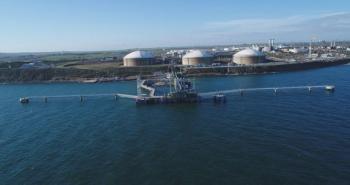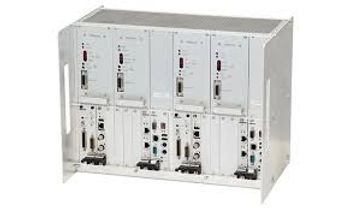
COMPRESSORS FOR SUBSEA OPERATION
SUBSEA TECHNOLOGY RANGES FROM CONTROLS TO GAS SEPARATION, WATER DISPOSAL AND HIGH-INTEGRITY PRESSURE PROTECTION SYSTEMS
As the quest for raw materials drives oil and gas companies further offshore, risk and potential gains both increase. At some point in offshore operations, it becomes nearly impossible to push oil and gas to the surface with the existing degree of natural pressure. Some hydrocarbons become non-recoverable due to the loss of pressure during production.
Moving production to the seabed, however, lowers the amount of pressure that is required to extract raw materials. It is estimated that the use of subsea innovation could allow oil and gas companies to recover almost 20% more from producing fields. Additionally, capital expenditure could decrease between 30% to 40%, and overall operating costs could drop by nearly 50% due to decreased topside staff and supplies.
As subsea facilities feed directly to onshore production facilities, the need for fewer personnel and elimination of topside structures also reduces risk. Further, exploration can be expanded into smaller, deeper fields and into harsher environments, helping companies access the resources needed to meet worldwide demand.
In particular, there are many pilot subsea technology projects focusing on the advancement of compressor controls. However, that is only the beginning. The potential exists for future applications to range from gas separation and high-integrity pressure protection system control to water disposal.
To stand up in the intense conditions of a subsea system, oil and gas companies have many requirements for their control systems. To protect compressors from pressure surges, for example, closed-loop controllers are typically implemented. The controller also needs to meet additional environmental qualifications for use at extreme depths.
Control system
Similarly, the control system should leverage a standard programming environment so users can select machinery and components from multiple sources that have all been tested in advance to hold up under extremely harsh conditions. Additionally, reliable control systems generally feature: simplex, redundant or triple modular redundancy levels; online reconfiguration without requiring a process shutdown; IEC-16508 compliance, IEC-61131 compliance and Safety Integrity Level (SIL) certification; and remote monitoring of the system.
Oil and gas companies can also improve availability with dual, closed-loop independent subsea electronic modules (SEMs) with their own redundant central processing units. This physical separation, combined with numerous Ethernet channels for connectivity to onshore facilities, increases the likelihood of contact in the case of a safety event.
Total E&P UK Limited, for example, is an oil and gas operator on the UK continental shelf. Employing around 750 staff at its Aberdeen headquarters in Scotland, the company’s portfolio includes the Alwyn, Elgin and Franklin fields and the St Fergus Gas Terminal, together with several nonoperated fields. Due to a number of obsolescence and tripping issues, it required engineers, components and support for a number of systems upgrade across the two platforms, with the majority of the work taking place on the Dunbar facility in the North Alwyn area.
The upgrade encompassed the emergency shutdown (ESD) system, the fire and gas (F&G) safety system, the process control system (PCS) and the vibration-monitoring systems. In addition, a project objective was to prepare Dunbar for remote operation.
Engineers upgraded the ESD and F&G systems with a single triple modular redundant (TMR) ESD controller and a single TMR F&G controller. For safety reasons, these systems have triplicated processing paths (slices) within each module, along with diagnostics between the paths.
Author
Rick McLin is Development Manager at Rockwell Automation. The company provides the AADvance controller for subsea compressor control applications due to its multiple redundancy levels, scalability and safety certification. For more information, visit: www.oilandgas.rockwellautomation.com
Newsletter
Power your knowledge with the latest in turbine technology, engineering advances, and energy solutions—subscribe to Turbomachinery International today.




